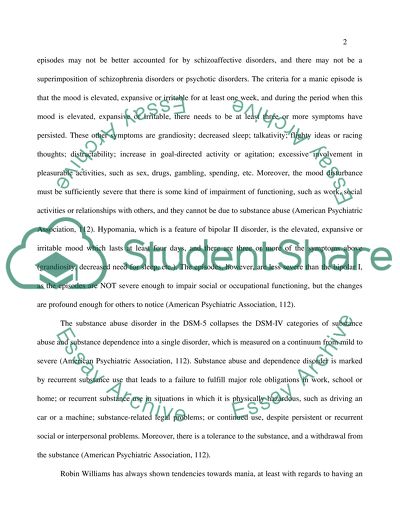Cite this document
(“Robin Williams: psychiatric disorders Research Paper”, n.d.)
Retrieved from https://studentshare.org/psychology/1623857-robin-williams-psychiatric-disorders
Retrieved from https://studentshare.org/psychology/1623857-robin-williams-psychiatric-disorders
(Robin Williams: Psychiatric Disorders Research Paper)
https://studentshare.org/psychology/1623857-robin-williams-psychiatric-disorders.
https://studentshare.org/psychology/1623857-robin-williams-psychiatric-disorders.
“Robin Williams: Psychiatric Disorders Research Paper”, n.d. https://studentshare.org/psychology/1623857-robin-williams-psychiatric-disorders.


